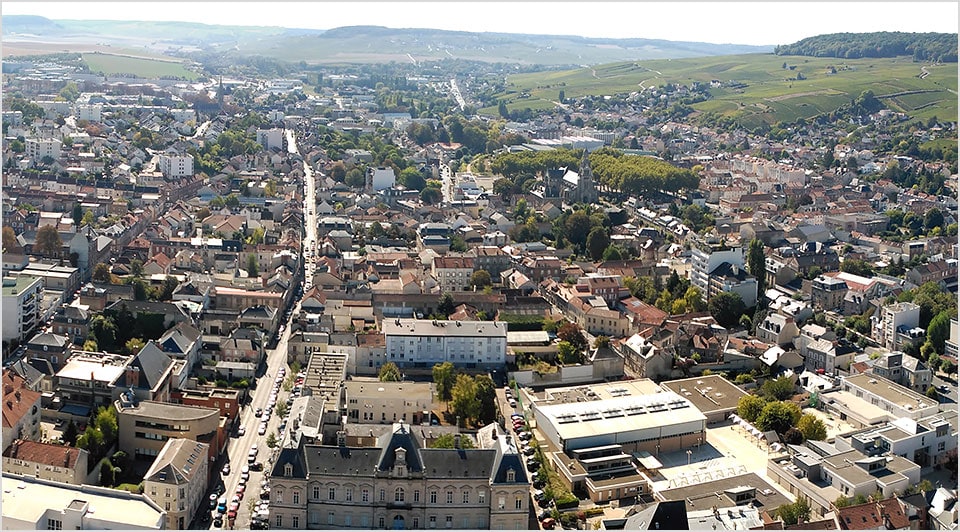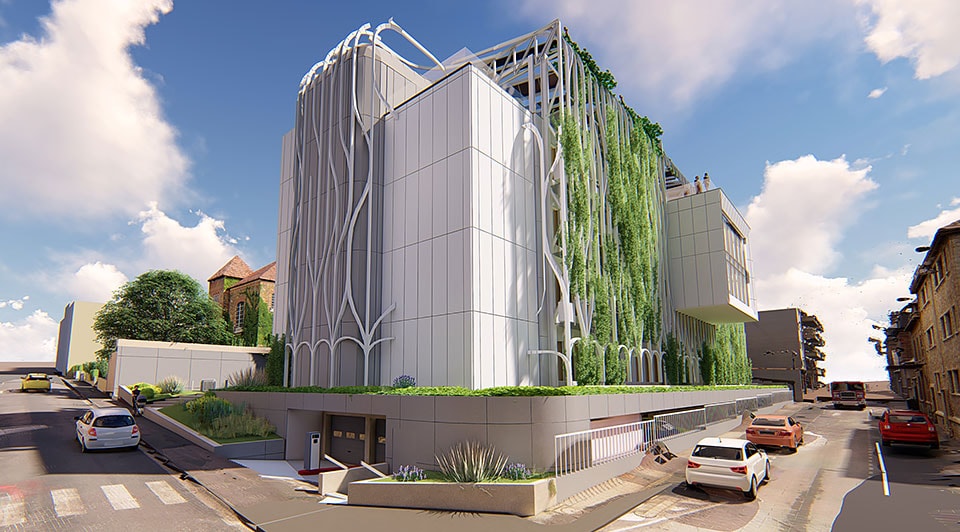Refurbishment positions Epernay ahead of the curve on sustainability
Paris-based architecture firm OuyOut impressed CDER executives with a different plan. "We listened to the client's requests, but our job is not to only do what we are told," says OuyOut architect and managing partner Aurélien Leriche. "We are architects, and we are advisors."
Leriche explained it would be more efficient for CDER to move its operations into the renovated building and sell its smaller existing office. This way, the company could have all its employees in one building plus have space left over to both rent and to offer as community coworking space. "In Epernay, this is a new model," Leriche says of coworking. "And CDER wanted to introduce new ways of working."
Both CDER and Franck Leroy, Mayor of Epernay, understood the value in bringing new ways of building and working to Epernay. The renovation would blend centuries-old energy conservation practices with modern design and sustainable construction. It would become a city center landmark, positioning Epernay as ahead of the curve on sustainability.
A study conducted by the National Trust for Historic Preservation found that reusing and renovating buildings has a lower carbon impact than new construction. The report found that a new building that is 30% more energy-efficient than an average building would take 10 to 80 years to overcome the negative effects of construction.
Autodesk Sustainability Customer Engagement Manager Tony Saracino says he's seeing more of this type of building repositioning in large cities. "Building repositioning is about replacing the façade and updating systems and interiors of older buildings that may look a little dated," he says. "Repositioning takes the building from a Class C to a Class A office space."


